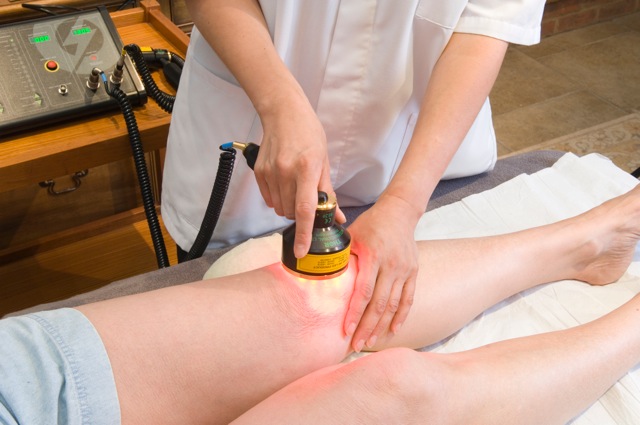Photobiomodulation for Tissue Regeneration and Repair
Photobiomodulation for Tissue Regeneration and Repair
Blog Article

Photobiomodulation (PBM), also known as low-level laser therapy (LLLT), is a fascinating field of study exploring how light can be used to stimulate biological processes and promote healing. Unlike lasers used for cutting or ablation, PBM utilizes specific wavelengths of light at low power to interact with cells and tissues, triggering a cascade of beneficial effects. This article delves into the science behind PBM, its mechanisms of action, therapeutic applications, and the exciting potential it holds for the future of regenerative medicine.
The core principle of PBM lies in the interaction between light photons and chromophores, which are light-absorbing molecules within cells. These chromophores, such as cytochrome c oxidase in mitochondria, absorb the light energy, initiating a photochemical reaction. This reaction triggers a variety of cellular responses, ultimately leading to therapeutic benefits. It's akin to photosynthesis in plants, where light energy is converted into chemical energy.
One of the most significant effects of PBM is the enhancement of mitochondrial function. Mitochondria are the powerhouses of cells, responsible for producing ATP, the cellular energy currency. PBM stimulates mitochondrial activity, leading to increased ATP production. This boost in cellular energy fuels various cellular processes, including tissue repair, regeneration, and inflammation reduction.
Beyond ATP production, PBM also influences other crucial cellular processes. It promotes increased blood flow to the treated area, delivering essential nutrients and oxygen while removing waste products. This improved microcirculation supports tissue healing and reduces pain. Furthermore, PBM modulates inflammation by reducing the production of pro-inflammatory cytokines and increasing the production of anti-inflammatory cytokines. This balanced inflammatory response is crucial for effective healing and pain management. PBM also stimulates the release of growth factors, which play a vital role in tissue repair and regeneration. These growth factors promote cell proliferation, differentiation, and angiogenesis (the formation of new blood vessels).
The therapeutic applications of PBM are wide-ranging and continually expanding. Some key areas where PBM has shown promise in tissue regeneration and repair include:
Wound healing: PBM accelerates wound closure, reduces scar formation, and improves the overall healing process. It is particularly beneficial for chronic wounds, such as diabetic ulcers, where impaired healing is a significant challenge.
Bone regeneration: PBM has been shown to stimulate bone formation and improve bone density. It can be used to promote healing after fractures, dental implants, and bone grafts.
Nerve regeneration: PBM may play a role in promoting nerve regeneration after injury. It has shown promise in treating peripheral neuropathy and other nerve-related conditions.
Muscle regeneration: PBM can enhance muscle regeneration after injury or disuse atrophy. It can improve muscle strength, reduce muscle fatigue, and accelerate recovery.
Cartilage repair: PBM may be beneficial in promoting cartilage repair in osteoarthritis and other joint conditions. It can reduce inflammation, stimulate cartilage matrix production, and improve joint function.
The non-invasive nature of PBM is a major advantage. Treatments are typically painless and involve simply exposing the affected area to the light source. There are minimal risks associated with PBM when used appropriately, making it a safe and well-tolerated therapy.
While PBM holds immense potential for tissue regeneration and repair, it is important to note that research is ongoing to fully understand its mechanisms and optimize treatment protocols. The specific wavelengths, dosage, and treatment duration can vary depending on the condition being treated. It is crucial to seek treatment from a qualified healthcare professional experienced in PBM to ensure safe and effective outcomes.
Photobiomodulation represents a paradigm shift in therapeutic approaches, harnessing the power of light to stimulate the body's natural healing and regenerative processes. As research continues to advance, PBM is poised to play an increasingly important role in regenerative medicine, offering a non-invasive and effective treatment option for a wide range of conditions. Its ability to promote tissue repair, reduce pain, and improve function makes it a promising frontier in the quest for better healthcare solutions.